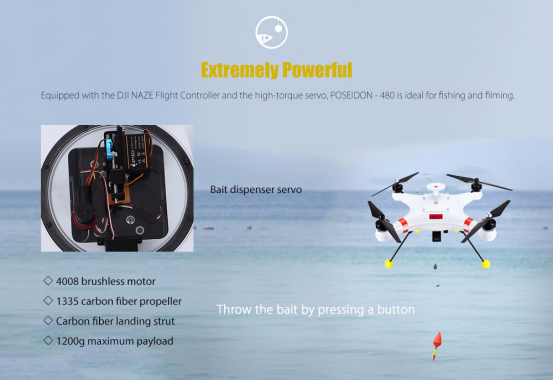LED lighting industry forecast: Japan's demand for reconstruction of energy-saving products will greatly increase after the earthquake
From the overall economic point of view, the LED lighting industry speculates that after Japan’s strong earthquake, it will have an impact on fiscal and economic growth. However, post-disaster reconstruction will trigger a return of funds, making the yen expected to strengthen, and is expected to trigger the Japanese government to carry out large-scale With regard to social reconstruction measures, new energy products that have the concept of environmental protection and energy conservation will receive more attention. In Japan, the use of LED lighting and other products is an early step. With the urgent need of reconstruction after the earthquake in Japan, the industry expects that the demand for energy-saving and environmentally friendly products will increase significantly in the future.
Benefited from the ECO-POINT system introduced by the Japanese government, the demand for LED bulbs in the market grew rapidly in 2010, and the market penetration rate was boosted to around 16%. The penetration rate was higher than the average of 3% for global LED lighting. The industry for Japan The market potential of LED bulbs is promising. Originally, it is expected that the market penetration will reach 20% in 2011, including many companies such as Delta Electronics, which will grab orders from Japanese manufacturers. As Japan will enter the post-disaster reconstruction phase, it is expected that the power supply will be limited. The promotion of demand for energy-saving products will become a trend. Due to the related supply chain of Japanese panels, the production capacity of the major new generations, including panel makers, glass substrates, color filters, and polarizers, is mostly deployed in western Japan, including areas such as Hanshin, Kyushu, Hiroshima, and Shikoku, far from the epicentre. According to recent news, the panel’s core production capacity has not been severely impacted, including Sharp’s LCD panel production line in Kansai is still operating normally. In addition, Corning’s seismic disruption was disrupted in the past because Corning is located Shizuoka's main production base accounts for about 70% of its total production. However, Corning also officially released a message saying that there are currently no personnel or mechanical damages. From this perspective, it is estimated that inspections can be conducted within half a day to one day. Hope to resume production.
Constrained by communication factors, it was pointed out that Toppan and DNP color filters have production capacities of 3.5 to 4 generations in Niigata Prefecture and Saitama Prefecture. The current situation is not clear, but due to the fact that they belong to the old generation production line, the impact on supply and demand of the industry is estimated. Not much, as for the glass substrate factory Asahi Glass in Yokohama, Kanagawa Prefecture, there is also an older generation of melting pot, detailed assessment report has not yet been released. Japan is a global LED production center, the impact of the strong impact on the LED industry is not significant, because Japan's LED faucet Japan Asia Chemicals headquarters and the main production sites are located in the four countries of Tokushima Prefecture, far from the epicenter position, and LED process is not as good as semiconductor Precise, manufacturing procedures require less shock protection, and even a short pause will have limited impact on the subsequent process.
Although the panel optoelectronics industry has suffered limited impact, the strong earthquakes in Japan have impacted the global industrial chain. In particular, Japan has mastered the patents of many upstream industries. It plays an important role in the supply of core raw materials and components, including panel chemical materials, LED manufacturing mirrors, Microscopes and other equipment make the panel and LED related industrial supply chain smooth and still need to be observed. In addition, the LED chip factory, which has a close relationship with Japan's Daiichi Toyoda, has also been in contact with Japan for the first time. Toyota's LED plant is located in Nagoya and it is now known that the Toyota Plant is operating normally. However, the Showa Denko SDK's Japanese LED production line is located in Chiba Prefecture, and it is still necessary to confirm whether it is affected by power cuts or blackouts.
With a lake Fishing Drone you can fish in a lake or reservoir. Our lake fishing drone ideafly Poseidon480 can fishing with a sonar fish finder. You can find the fishes and see them with your smartphone mobile.
Brand: Ideafly
Type: Outdoor,Quadcopter
Model: POSEIDON - 480
Features: 5.8G FPV,Brushless Version,Camera,Radio Control
Motor Type: Brushless Motor
Functions: Automatic Return,Forward/backward,One Key Landing,One Key Taking Off,Sideward flight,Turn left/right,Up/down,Waypoints
Size: Large
Satellite System: GPS
Built-in Gyro: 6 Axis Gyro
Kit Types: RTF
Level: Advanced Level

Lake Fishing Drone
Lake Fishing Drone,Large Fishing Drone,Lake Drone,Fishing Drone
Shenzhen Ideafly Technology Co., Ltd. , http://www.ideaflyuav.com